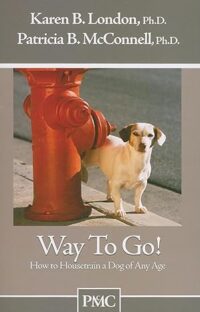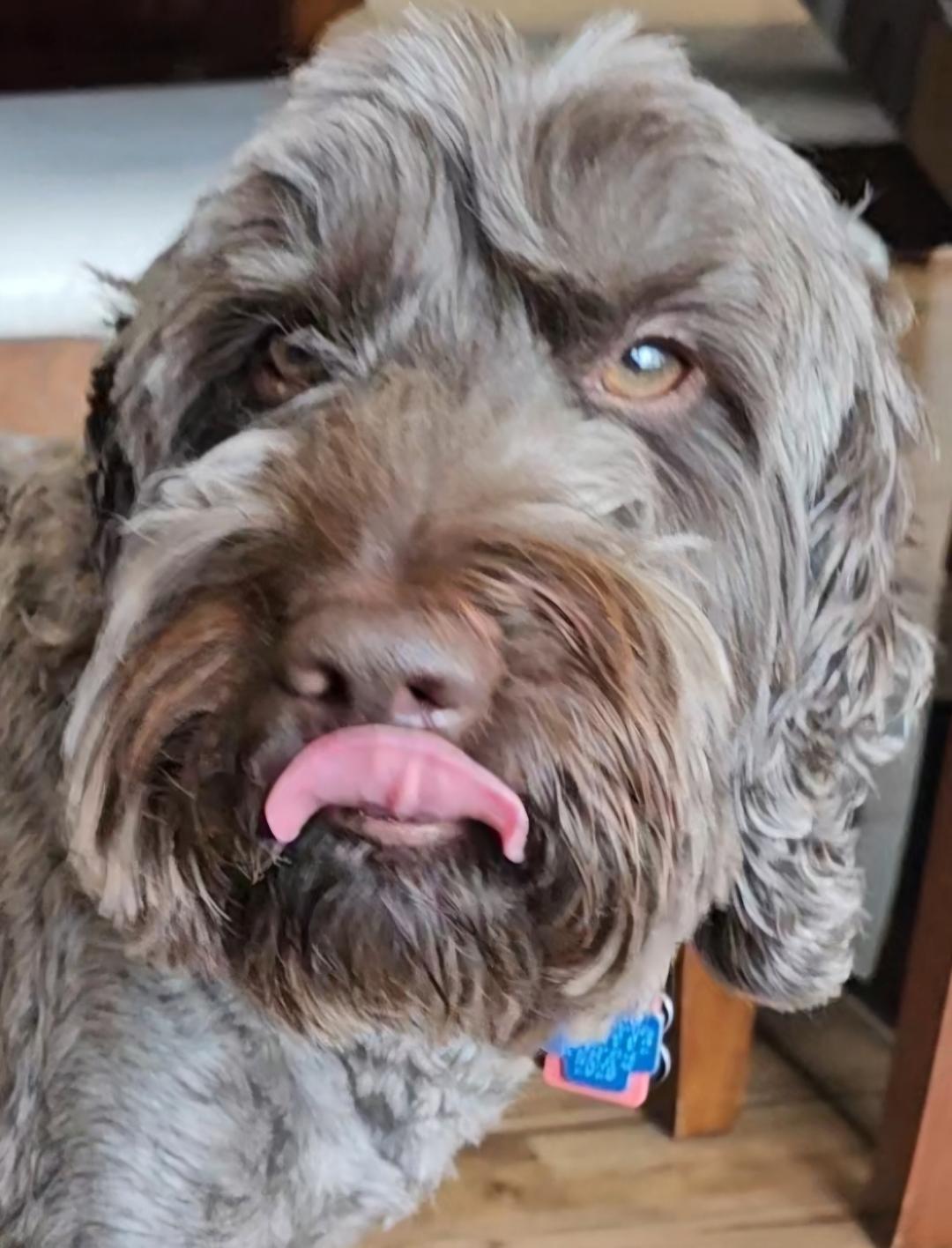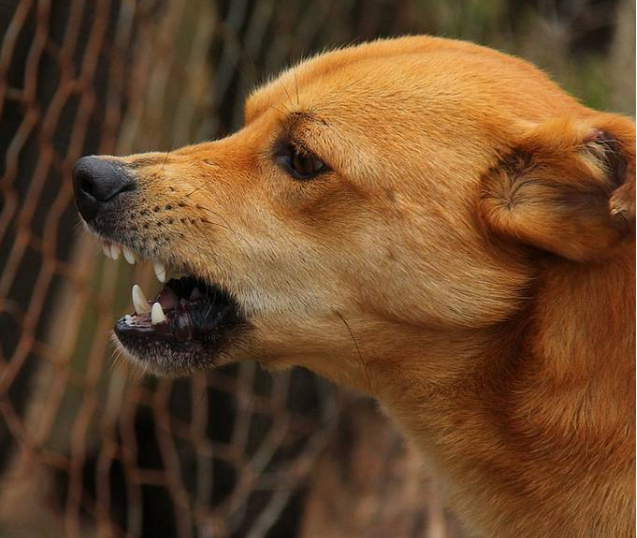Prevent Mistakes Before They Happen
The fastest way to potty train your puppy is by managing their freedom indoors. McConnell and London recommend using crates, baby gates, and leashes to prevent unsupervised wandering. Let them earn access to the whole house. Download a FREE copy of my document on Crate Training, which you’ll need because potty training depends on crate training first.Follow the Rule of Timing
Take your puppy outside after every nap, meal, play session, and chew session. Stick to a schedule, and you’ll quickly learn your puppy’s rhythm. When they go potty outside, you need to be within a few feet so that you can praise them immediately and reward them with a treat within 5 seconds.Use a Verbal Cue
Want your puppy to eventually go potty on cue? Start saying “potty” right before they begin eliminating. Over time, they’ll associate the word with the action, making potty breaks faster and easier—especially in bad weather or at new locations.Don’t Punish Accidents
If your dog has an accident indoors, clean it with an enzymatic cleaner like Nature’s Miracle and move on. Harsh corrections only make dogs anxious and can slow down progress. Even yelling “no” can scare your puppy, which may lead to your puppy fearing you. Remember, training is about guidance, not punishment. You want to be a benevolent leader not a reality TV show alpha! P.S. Read the instructions carefully on the Nature’s Miracle and be sure to leave the spray on the spot and let it dry on its own.Consistency Is Everything
The more consistent you are, the faster your dog will learn. That means the same routine, same rewards, and same level of supervision—day after day. The more routine you instill in your puppy’s day the easier it will be for them to understand whatPositive Reinforcement
Your puppy will learn to potty outside if you’re right there to reinforce them right after they relieve themselves. They’ll learn even faster if you can deliver the treat within 2 seconds of them finishing. After 5 seconds they may not even make the association. If you stand at the door and give them a treat when they return from the backyard, they’ll think the reward was for coming in or coming to you. Those aren’t bad, but not the goal here.Common Questions About Puppy Potty Training
How long does puppy potty training take?
It varies, but most puppies can be reliable by 4–6 months of age with consistent training. In the meantime, confine your puppy to small areas without carpeting or rugs. Let them
Should I wake my puppy at night to potty?
Yes—especially for very young puppies. Take them out once or twice during the night until they can hold it. The last thing you want is to teach your puppy it’s okay to relieve themselves in their crate.
What if I work full-time?
Hire a dog walker or arrange for midday potty breaks. Holding it for 8+ hours is too long for most puppies.
If you’re looking for a complete step-by-step method, I highly recommend picking up Way To Go!. It’s short, affordable, and full of helpful illustrations and tips—and it’s the book I trust most for housetraining advice.
Want personalized help with puppy potty training in Chicagoland? Contact me to schedule a one-on-one training session.


 Recommended Reading:
Recommended Reading: 
 Why We Misread Dog Emotions—And How to Get Better at Reading Them
Why We Misread Dog Emotions—And How to Get Better at Reading Them
 What the Research Says
What the Research Says

 Why Humans Misread Dogs
Why Humans Misread Dogs Experience Matters—But It’s Learnable
Experience Matters—But It’s Learnable How to Get Better at Reading Dog Emotions
How to Get Better at Reading Dog Emotions